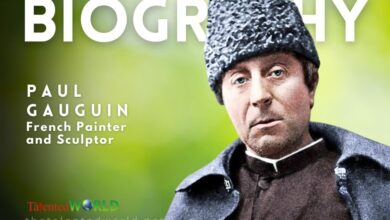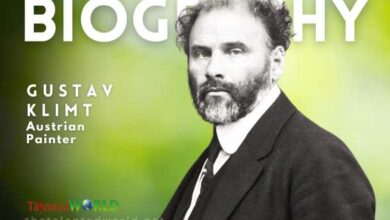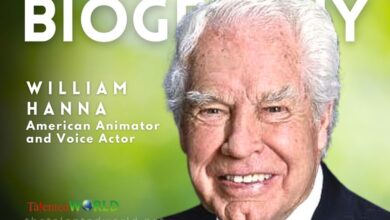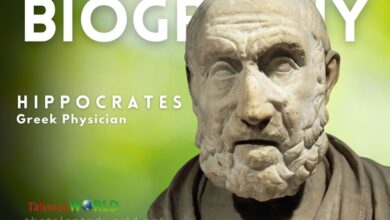| Full Name | Samuel Finley Breese Morse |
| Birth Date | April 27, 1791 |
| Birth Place | Charlestown, Massachusetts, U.S. |
| Death Date | April 2, 1872 |
| Age at Death | 80 |
| Death Place | New York City, U.S. |
| Education | Yale College |
| Occupation(s) | Painter, Inventor |
| Known For | Invention and transmission of Morse code |
| Spouses | Lucretia Pickering Walker, Sarah Elizabeth Griswold |
| Children | 7 |
| Parents | Jedidiah Morse (father), Elizabeth Ann Finley Breese (mother) |
| Relatives | Sidney Edwards Morse (brother) |
| Notable Achievements | Co-developer of the single-wire telegraph system, development of Morse code |
| Early Education | Phillips Academy, Andover, Massachusetts |
| College Honors | Phi Beta Kappa from Yale College |
| First Marriage | Lucretia Pickering Walker, married in 1818 |
| First Wife’s Death | February 7, 1825 |
| Children from First Marriage | Susan (b. 1819), Charles (b. 1823), James (b. 1825) |
| Second Marriage | Sarah Elizabeth Griswold, married in 1848 |
| Children from Second Marriage | Samuel (b. 1849), Cornelia (b. 1851), William (b. 1853), Edward (b. 1857) |





